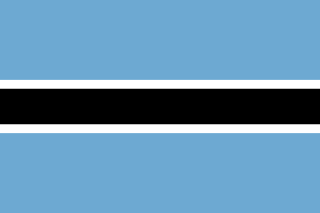Discover comprehensive maritime information about Botswana, a landlocked country in Southern Africa. Although lacking direct access to the sea, Botswana plays an important role in river transport, notably thanks to the Limpopo River and its waterways. This guide provides a detailed overview of port infrastructures, river trade routes, as well as the challenges and opportunities related to maritime and river logistics in this country.

Explore the strategic ports and maritime infrastructure of botswana
Explore the strategic ports and maritime infrastructure of botswana
Botswana, a landlocked country located in Southern Africa, is unique when it comes to maritime information. Indeed, the country has no direct access to the sea, which strongly influences its maritime transport activities. However, Botswana does not neglect the importance of river transport and navigable river infrastructures to facilitate its international and regional trade exchanges. This document offers a comprehensive overview of maritime information related to Botswana, highlighting its specificities and the solutions put in place to compensate for the lack of direct seaports.
Although situated inland, Botswana uses its internal waterways, mainly the Limpopo River which forms part of its southeastern border with South Africa, for transporting certain goods. Even though these waterways are not comparable to true seaports, they play a significant role in internal logistics and commercial exchanges with neighboring countries. For example, barges and small boats can transport agricultural products and construction materials, thereby facilitating local trade. Moreover, Botswana is heavily dependent on the port infrastructures of its neighbors, notably the port of Durban in South Africa which serves as the main maritime gateway for the country's imports and exports. Botswana also relies on the port of Walvis Bay in Namibia, through which a good portion of its goods transit. Thus, even without direct access to the sea, the river geography and strategic land corridors allow Botswana to remain connected to international maritime routes.
The main maritime challenge for Botswana remains its landlocked status, which generates higher transportation costs compared to coastal countries. The country must negotiate and ensure the fluidity of land corridors via its South African, Namibian, and Zambian neighbors to guarantee efficient transit of goods. In this context, initiatives to improve road and rail infrastructures are underway to optimize transit times to regional seaports. From an environmental perspective, river navigation in Botswana also faces seasonal variations in watercourses that can limit navigability during certain periods of the year. This obliges operators to plan their operations considering these natural constraints. Finally, Botswana is exploring opportunities to further develop river transport, particularly in the Okavango Delta region, by enhancing the touristic and economic potential of the river while protecting this fragile ecosystem. These strategies could provide leverage to diversify transport modes and strengthen the country's resilience in the face of its geographical constraints.